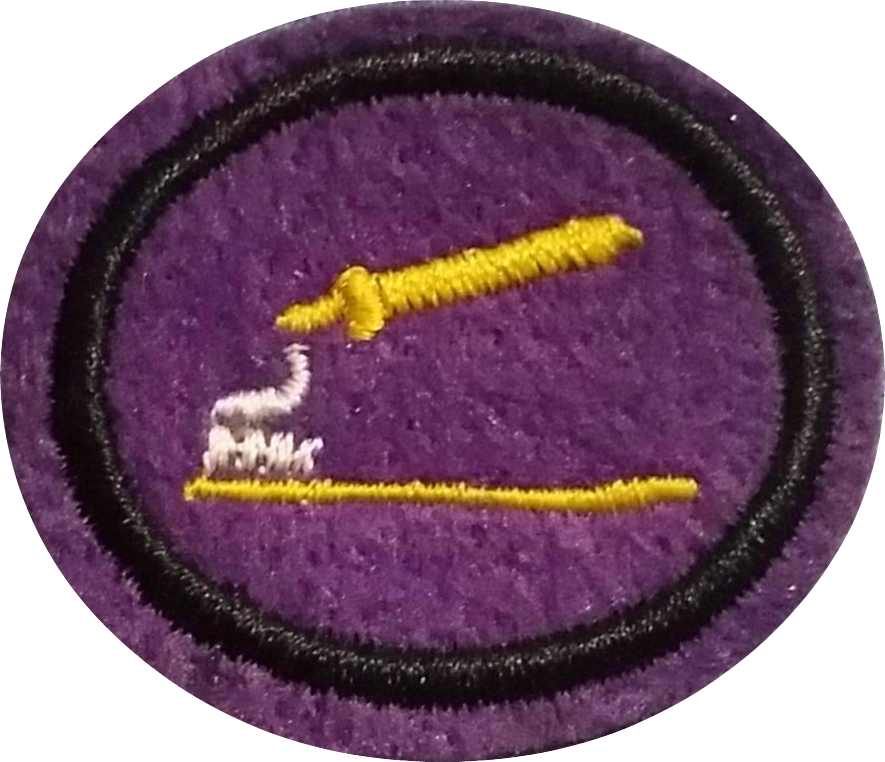AY Honors/Oral Hygiene
| Oral Hygiene | |
|---|---|
| Health and Science | |
Skill Level 123 | |
Approval authority South American Division | Year of Introduction 2012 |
See also | |
AY Honors/Oral Hygiene/Overview
The most challenging requirement of this honor is probably this:
10. What should be used for complete oral hygiene?
- a.
- b.
- c.
1. Define oral hygiene.
2. What type of dentition does a human being have?
3. What are baby teeth for?
4. What are the different kinds of teeth? Describe the function of each.
5. At what age should oral hygiene begin? How? Why?
6. What are the recommended foods for healthy teeth?
7. What damage can be caused by bad brushing?
8. What are the means of using fluoride? In what ways is it found?
9. What is dental plaque revealer?
10. What should be used for complete oral hygiene?
11. Demonstrate the correct way to:
- a. Apply dental plaque revealer
- b. Brush your teeth
- c. Use dental floss
12. Why should fluoridated toothpaste be used?
13. How are cavities formed?
1
Oral hygiene is the practice of keeping the mouth and teeth clean to prevent dental problems, most commonly, dental cavities, gingivitis, periodontal (gum) diseases and bad breath.
2
Dentition pertains to the development of teeth and their arrangement in the mouth. In particular, it is the characteristic arrangement, kind, and number of teeth in a given species at a given age.
Some species have teeth that are all of the same type, such as most non-mammalian vertebrates - homodont dentition. The dentition of animals in which the teeth are continuously discarded and replaced throughout life is termed polyphyodont. Species whose teeth differ morphologically are said to have heterodont dentition. The dentition of animals with only one set of teeth throughout life is monophyodont.
The dentition of animals (including humans) with two successions of teeth (deciduous, permanent) is referred to as diphyodont.
3
A diphyodont is any animal with two successive sets of teeth, initially the "deciduous" set and consecutively the "permanent" set. Most mammals are diphyodonts as to chew their food they need a strong, durable and complete set of teeth. In diphyodonts the number of teeth that are replaced varies from species to species but in humans a set of twenty deciduous teeth are replaced by a completely new set of thirty-two adult teeth.
4
5
6
7
8
9
10
11
11a
11b
11c
12
13
References
Content on this wiki is generated by people like you, and no one has created a lesson plan for this honor yet. You could do that and make the world a better place.
See AY Honors/Model Lesson Plan if you need ideas for creating one.


